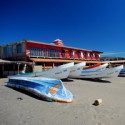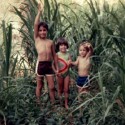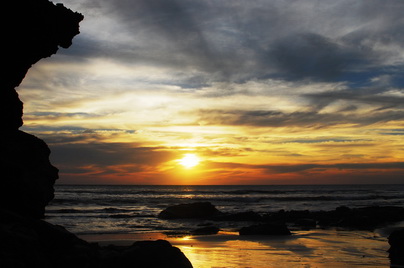The Founder of Casares Beach
Author: Dr. Edmundo Mendieta Gutierrez
Contributer: Jimmy D. Mendieta
Photography: Jimmy D. Mendieta
Translator: Jimmy D. Mendieta
This story was told by Don Crisanto to my uncle Edmundo when he was only 15 years old, in the beach of Casares. Dr. Edmundo Mendieta Gutierrez, married the granddaughter of Don Crisanto, Mrs. Daisy Briceno de Mendieta. It is the story of how my great-grandfather Crisanto Briceño (father of my grandmother Mrs. Ernestina Briceño) is the founder of this beautiful beach of Casares.
My uncle Dr. Edmundo Mendieta Gutierrez writes…
“The moon of March, a mystical moon in various regions and religions of ancient peoples, as its full moon was the closest to the spring equinox and therefore the precursor of green fields and flowering of trees, as well as warm temperatures inviting swimming in the beaches and rivers. The diriambinos, were no strangers to this influence, which was considered more of an enchantment, which fortunately coincided with the completion of the harvesting and sale of the coffee crop, the main crop of the land. In this peaceful and quiet town of Diriamba lived a pretty young woman named Juanita Echaverry, to which two young men courted her, with the gentlemanly rivalry of that time. Both were of the best families and wealthy, but with a difference. While Enrique Granja, tall and elegant, with a large fortune, carelessly spending it by the hand full, Crisanto Briceno could not do the same, as even though he possessed a considerable fortune when he was orphaned, it was administered by an executor who gave money in instalments. Continue reading



